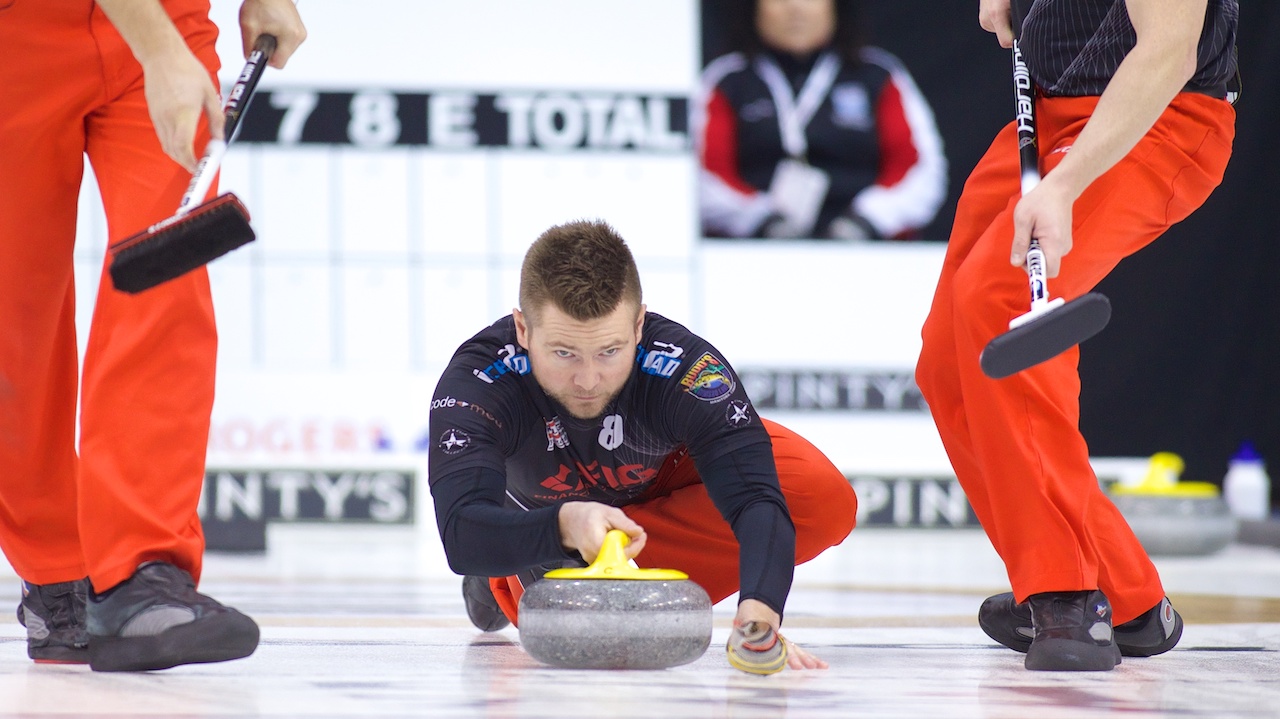McEwen: Elite 10 changing curling before our eyes
By Mike McEwen
The Elite 10 is one of the most important events of the season to watch. What?!? Don’t be silly you say. Well, here’s the thing — if you haven’t noticed our sport is going through significant changes. The Elite 10 complements the season with its own set of unique rules derived specifically to tackle some of the issues/challenges that curling is going through right now.
Look no further than the example of the brushing revolution that swept the curling world from its traditionalist seat. How we blindly swept the way we did for so long is still beyond me!
A lot more brushing science stuff is still needed amid a slew of changes to equipment rules during the season and with the likelihood of more guidelines to come in 2016-17. The Elite 10 tackles some of the brushing issues with its own set of rules for the players to try this week.
An even better example of change is in the athletes themselves — the undeniable growth of their fitness and prowess. Long gone are the days of beer bellies and cigarette smoke-filled rinks. In addition to improved ice conditions and equipment, curlers’ training regimens have resulted in increased strength (both mental and physical), knowledge, and precision.
The shots of the past that were considered amazing have become the norm in today’s game. However, fewer mistakes have led to some undesirable side effects such as a reduction in offence and points of the board.
How does our sport adapt to provide a competitive environment for this type of athlete and ultimately more entertainment for you, the fan? Change the rules and most sports have many examples of athletes so great that they did this.
One can pull up a quick example by turning to golf. It wasn’t that long ago when Tiger Woods dominated so thoroughly that the Masters committee at Augusta National had to institute many serious changes to the iconic golf course following his performances in 1997 and 2001. The course underwent “Tiger-proofing,” which included adding significant yardage, planting trees along several fairways, narrowing the fairways, and allowing the rough to become overgrown. So, the Elite 10 has found a way to put “more trees” out there for the players to navigate. Should be a lot of fun!
Now, don’t start believing that curling was completely static before this year. Think of the transitions to the three rock free guard zone rule, then four rock, and now five rock used in all of the Grand Slams — sizeable adjustments in each of the last three decades.
However, many of the changes in our game have taken time (and arguably too much of it) before being implemented sport-wide. That is why the Elite 10 is so important: ideas on display with the very best athletes to put them to the test in front of a captivated national audience.
Move over four rock FGZ — we are playing five rock FGZ. Watch out tick shots — no moving rocks if they are touching the centre line. Look out scoreboard — it’s match play scoring. Sweeping gear, you’ve got a short leash — two brush heads for the entire event. It’s the Elite 10 and it’s evolving curling right before your very eyes.
